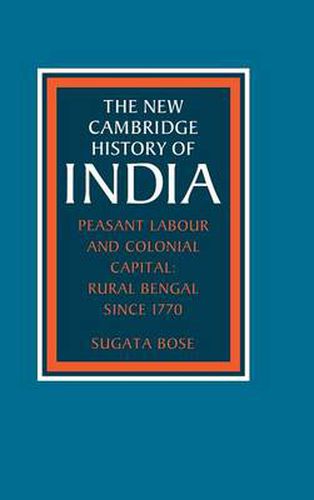Readings Newsletter
Become a Readings Member to make your shopping experience even easier.
Sign in or sign up for free!
You’re not far away from qualifying for FREE standard shipping within Australia
You’ve qualified for FREE standard shipping within Australia
The cart is loading…






This book is a critical work of synthesis and interpretation on one of the central themes in modern Indian history - agrarian change under British colonial rule. Sugata Bose analyses the relationships between demography, commercialization, class structure and peasant resistance unfolding over the long term between 1770 and the present. By integrating the histories of land and capital, he examines the relationship between capitalist ‘development’ of the wider economy under colonial rule and agrarian continuity and change. Drawing most of his empirical evidence from rural Bengal, the author makes comparisons with regional agrarian histories of other parts of South Asia. Thus, this study stands on its own in the field of modern Indian social and economic history in its chronological sweep and comparative context and makes the complex subject of India’s peasantry accessible to students and the interested non-specialist.
$9.00 standard shipping within Australia
FREE standard shipping within Australia for orders over $100.00
Express & International shipping calculated at checkout
This book is a critical work of synthesis and interpretation on one of the central themes in modern Indian history - agrarian change under British colonial rule. Sugata Bose analyses the relationships between demography, commercialization, class structure and peasant resistance unfolding over the long term between 1770 and the present. By integrating the histories of land and capital, he examines the relationship between capitalist ‘development’ of the wider economy under colonial rule and agrarian continuity and change. Drawing most of his empirical evidence from rural Bengal, the author makes comparisons with regional agrarian histories of other parts of South Asia. Thus, this study stands on its own in the field of modern Indian social and economic history in its chronological sweep and comparative context and makes the complex subject of India’s peasantry accessible to students and the interested non-specialist.